Cuba travel
In early April 2016, I travelled to Cuba not really sure how this trip was going to work out. I was travelling as a sole female and had no fixed itinerary in place.
Criss crossing the country for several weeks
During my three and a half weeks in Cuba, I crisscrossed the country by bus and plane travelling to Havana, Vignales, Trinidad, Cienfuegos, and Varadero.
I stayed in casa particulares i.e. living in with locals, and a couple of 4 and 5 star hotels.
Some ahead planning
Before getting to Cuba, I had prearranged my first nights in Santiago de Cuba. I had also bought a plane ticket to Havana. From then on, I pretty much went as things would evolve.
I believe it is important that you have your first days sorted out so you do not get stressed out and can rather enjoy the place.
My first impression
My first impression confirmed that Cubans are definitely very friendly people. However, with the large influx of tourists and the recent political developments, this seems to be changing. The older population appears a bit overwhelmed while the younger one has a million questions. In more than one occasion, I was told by the young generation that they are eager for Cuba to become part of the rest of the world.
Connect to locals and get their advise
Speak to locals you trust (e.g. owners of the casa particular) and they will forward very useful information. In fact, Michele in Santiago de Cuba sorted out my accommodation in Havana.
Some info not available on the internet
Information on the bus service of Cubanacan was not available on the internet but was informed of it by locals. Their buses became my main means of transportation for the longer hauls of my trip.
You need to be self-sufficient with regards to your essentials
Be prepared that many every day items will no be available. So, you better bring all your essentials with you. Be it shampoo, chewing gum, energy bars, female hygiene products or what ever else you need.
Supermarkets
Supermarkets carry plenty of sardine and bean cans and not much more. The only places where I found supermarkets comparable to ours are in Vedado/Havana and in Trinidad.
Toilet paper
Don’t laugh but its true. Bring a roll with you. Believe me, it will turn out useful.
Getting chatted up as sole female moving around
Generally, I moved around with no problem.
Only in Havana I would get the odd friendly comment shouted after me. I realised that if I responded with a smile, all was good. If I ignored the compliment, some nasty words would come.
In other words, be friendly but keep your distance.
Locals offering to be your guide
I was approached by a number of guys offering to be my guide. I would always politely decline. If I choose to get a guide I want it to be a very knowable one.
Don’t expect that all is like back home
But that goes for all places in the world. However, some things I did find rather frustrating.
To get a scratch card for my phone and internet connection was painfully slow.
My iPhone did not work properly for the entire duration of my trip.
Changing cash into local currency was also a very slow process. Luckily, I had Euros to exchange as changing US$ is another story. By the way, don’t forget your passport if you want to change money.
Move around with photocopy of your travelling documents
It is mandatory in Cuba to have identification papers on you all the time. Having a copy also turns out to be useful in case you bag gets stolen.
Moving around – use your common sense
I felt pretty safe moving around as a sole female. Having said that, I do believe some cautions should be taken when out and about later in the night.
Donate your cloths before leaving
If you want to make someone really happy before leaving Cuba, donate clothing you can spare.
Facit
In four weeks I spend in Cuba on my own, I did not encounter any major problem whatsoever. So, females out there, pack your bag and visit Cuba.
I out together some posts on useful tips and what to pack and how to get around for you to read.
I would also invite you to read the individual posts on the towns I have visited in Cuba : Havana, Trinidad, Vignales, Cienfuegos, Varadero, Santiago de Cuba
Enjoy the reading!
Interesting facts on Cuba
But before leaving this page, have a glance at some facts on Cuba that I gathered by chatting to locals.
- Foreigners that have resided in Cuba for two generations may maintain their original nationality together with the Cuban, and can also travel abroad provided they have sufficient funds. The third generation loses this privilege.
- There is free school and university education in Cuba. However, university students have to commit to three years of social services which include one year of military service for males.
- Cuba’s literacy rate of 99.9% is one of the highest in the world.
- There are five state controlled TV channels accessible to Cubans. Broadcasts are mainly educational, government related or telenovelas very much loved by Cubans. In hotels, there is limited access to international channels.
- The only bill boards that you will find around are related to the revolution that took place over 60 years ago. Advertising is otherwise prohibited.
- There is no Coca Cola, Sprite, or Fanta to be found. However, there are locally produced soft drinks available in very similar packaging, colors, names and taste.
- There is free health care for everybody. Cuba has the highest doctor to patient ration in the world.
- Every Cuban receives a monthly allowance of rice, beans, chicken, coffee and a small amount of cash if unemployed or retired. Unfortunately, the quality of this free food is deplorable. While Cuba grows and exports sugar and coffee, Cubans receive third grade imported sugar and coffee.
- There are hardly any cattle to be seen throughout the country. Farmers are allowed to keep cows but are fully responsible for them i.e. if a cow gets stolen or dies, the farmer will be called to task. So, the few cows you might see grazing beside the road belong to the government and are mainly used for milk production. Only sick children and elderly people will benefit from beef while being in treatment in hospital. Special arrangements are in place for tourists.
- There is a notable black market which provides for every desire. It is tolerated by the government as long as it does not become too lucrative. “Black-marketers” pay taxes on their sales.
- Up to a short while ago, every family was allowed to have one cell phone only (if they could afford it). This has changed in recent times.
- Only a very small percentage of Cubans have access to uncensored internet.
- If a tourist stays on the internet too long and too often, the SIM card might get blocked.
- “Paladares” are privately owned restaurants run out of homes with very limited seating. Thanks to the economic reform program implemented by Raul Castro, they are now fully fletched restaurants and among the best in the country.
- Cubans can only legally own cars created and bought before 1959 hence the large number of old timers. In 2011, the ban on import of cars was lifted, however, the newly imported cars belong mainly to the government.
- While there is only one state owned company that produces the famous Cuban cigars, small tobacco farmers do produce their own albeit in very small quantities as up to 90% of harvested tobacco leaves have to be handed over to the government.
- There are two currencies on Cuba. The peso national used by Cubans and the CUC for foreigners. In theory, a tourist should not be paying in pesos however a small amount turns out to be useful if you take a shared taxi or buy fruits at the market.

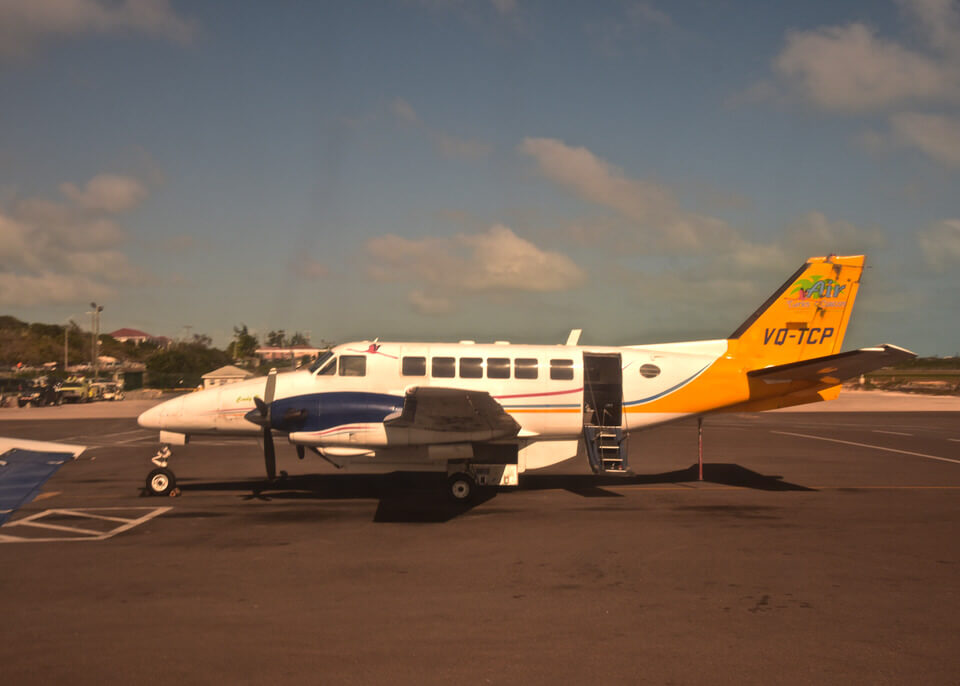
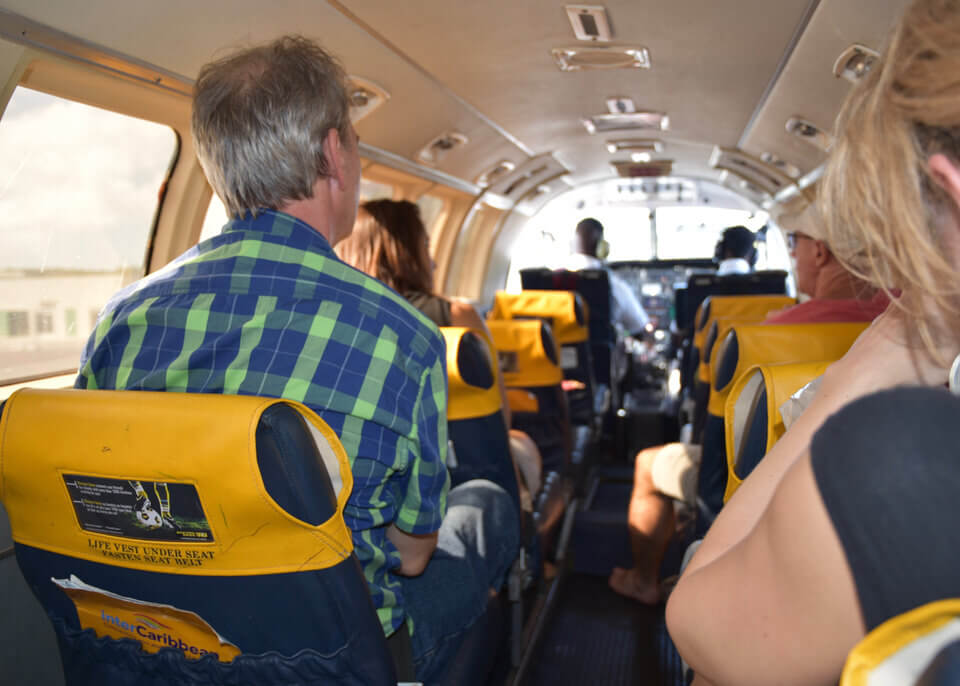
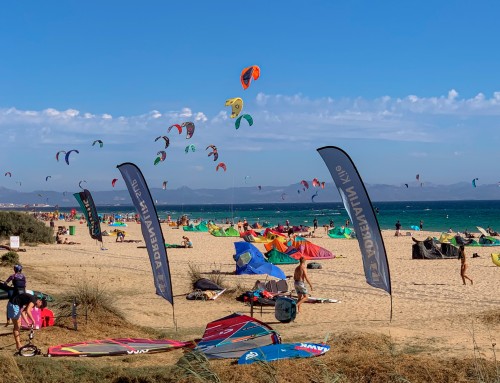

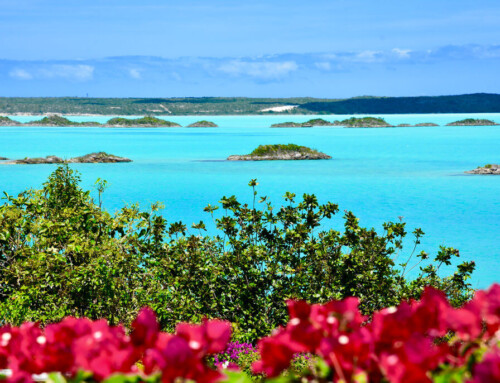
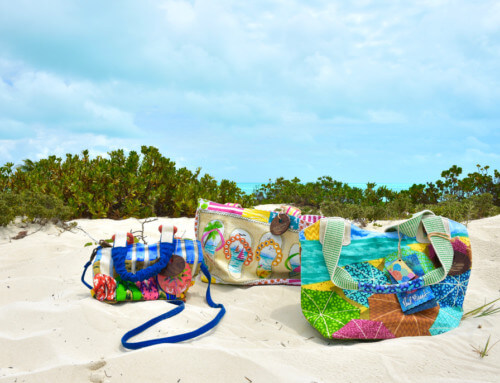
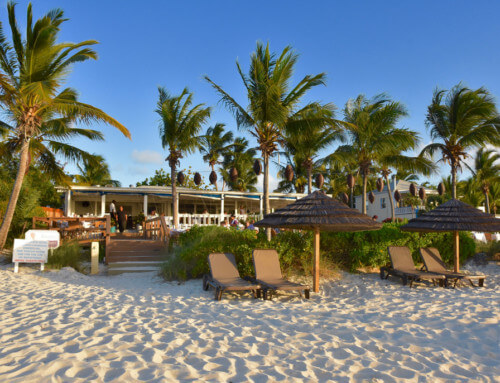
Leave A Comment
You must be logged in to post a comment.